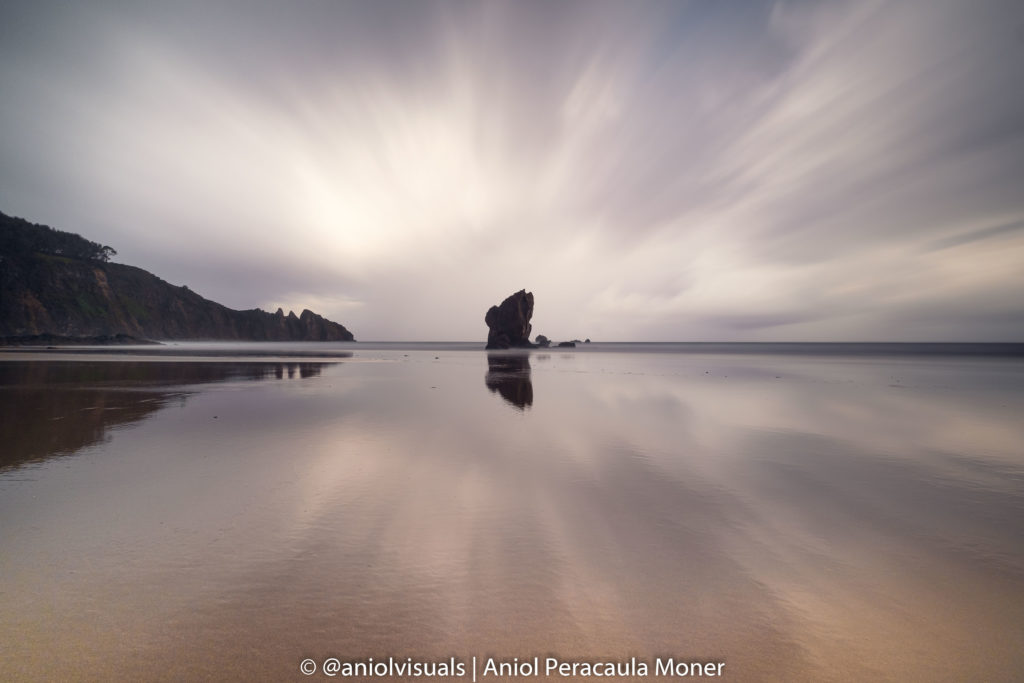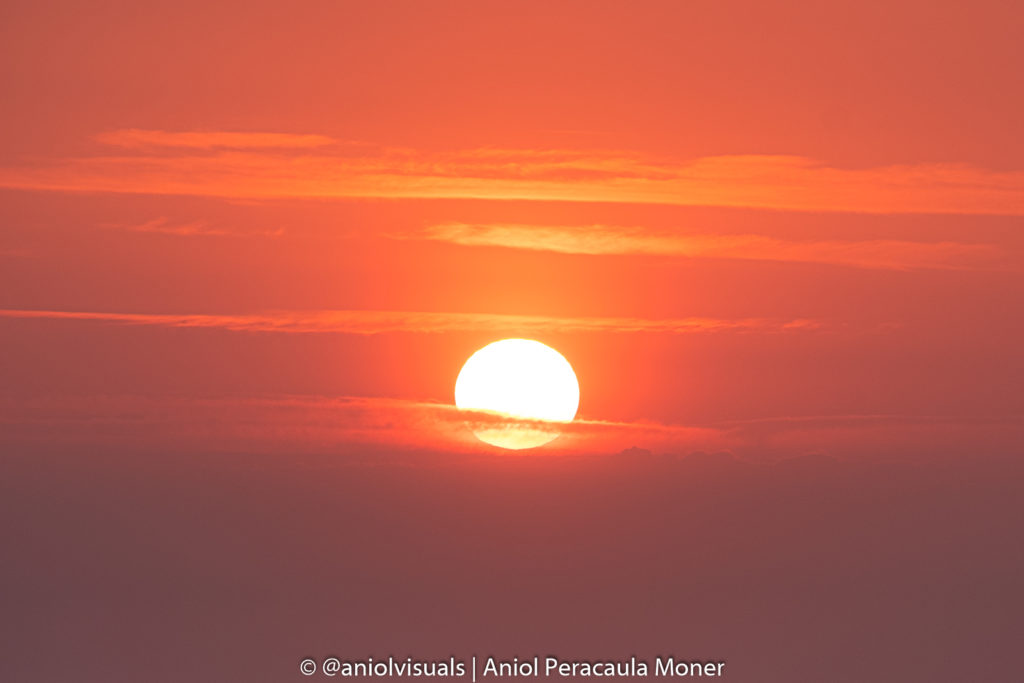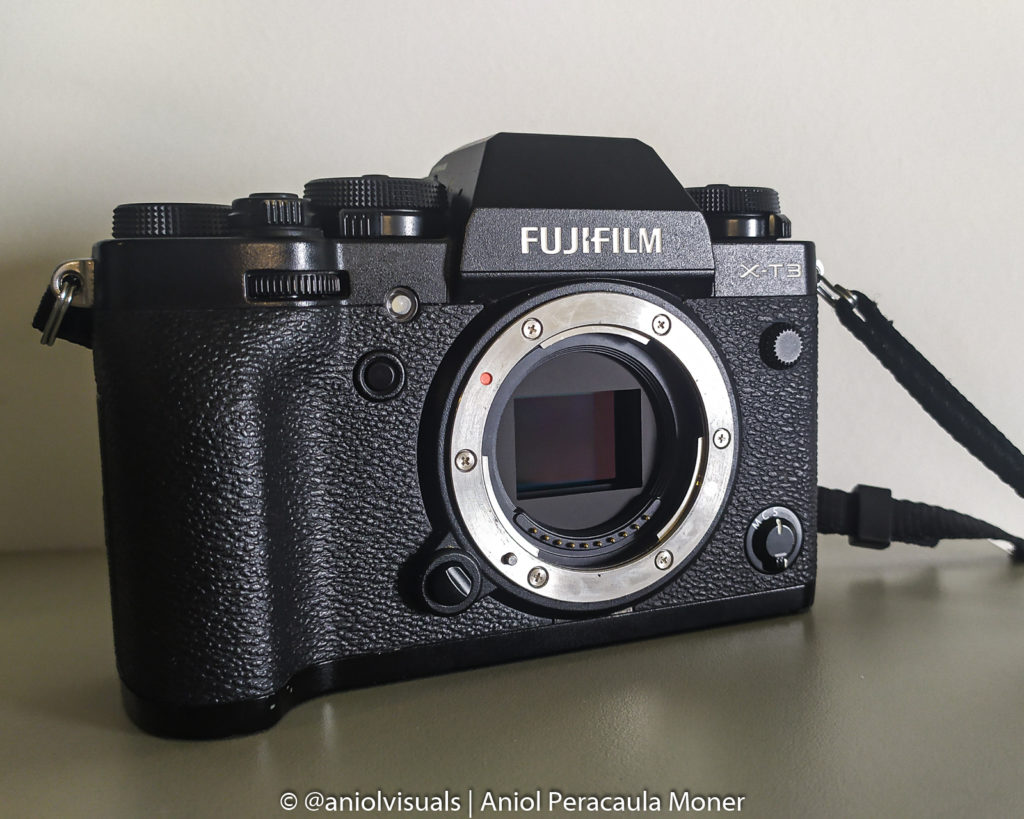Landscape photography is a weather-dependent discipline. No matter how hard you try, if you want to get an amazing sunset, luck plays a very important role. When one starts taking photos, one of the lessons that are easy to learn is that after sunrise and before sunset, it is quite difficult to take good images unless it is an overcast day. Do you know what are some of the benefits of cloudy day photography?
Overcast days have also some drawbacks. First of all, sunrise and sunset lights disappear. Secondly, clouds usually precede rain. And no one wants to have their camera to be soaked because of a non-forecasted storm.
Yet, I am a firm believer that cloudy days are amazing for landscape photography. In this article I will tell you why I love cloudy days, and how you can use the benefits of overcast weather to take unique and beautiful photos.
Most photographers avoid going out when they know there won’t be beautiful light conditions, and this results in emptier and less crowded locations. Sometimes, there are places where the perfect angle, combination or frame is a matter of centimetres, and in cloudy days, there are always fewer people than with wonderful sunset conditions. And as I will cover in the following points, this does not mean that there are less photographic possibilities, only different ones.
1 Do you really need a sunny day?
When someone told me to first answer this question, I thought it was something stupid. Of course, I needed good light conditions to take the photo I wanted. If I am driving for hours to go somewhere, I want the best possible light conditions, I thought. But is it always true?
Don’t take me wrong. I love red skies, golden hours and the 20 magical seconds before the sun sets in the horizon. But not all photos should be about the sky or the sun position. If you have a main element in the image, and it is not the sky, I prefer to have clouds rather than the sun. There is nothing more boring than an empty sky. If you don’t believe me, check the following images. Both taken on the same beach, similar tide level, one in a horribly sunny sunset and the other one in a cloudy moody evening. I think you will agree that the second one is a more complete image. If you follow a rule of thirds, or you just don’t want most of your image to be empty, cloudy days will help you accomplish it.


2 Learn the types of clouds
The types of clouds could cover a whole blog post, but I am not a meteorologist, and although after some years taking photos I have learnt a bit about clouds, I don’t consider myself an expert on this area. However, my knowledge suffices to tell you we can classify the clouds depending on their height. We have the high clouds, middle clouds, and low clouds.
Each type of clouds has its pros and its cons. For example, in a sunset, high and medium clouds are the ones that give the best tones, while low clouds tend to make bad sunsets. When it is overcast, all clouds can be useful, especially if there is some wind. Low clouds can make anxiously looking images, as it looks like the ceiling is very close to the earth.
The most important thing on the clouds is texture. If you only see a single cloud, without texture, photos will look quite boring. If there are multiple clouds, you can use them as compositional elements, and make the most out of fun shapes, or as I will cover in the next point, their movement.

3 Look for movement
One of the best things to do on cloudy days is practising long exposure. No matter where long exposure with clouds will make your photo look special. I have been taking long-exposure images for a while if you want to learn more about it, and how to start taking long exposure photos, you can find out more information on my Step by Step Long Exposure guide.
Don’t shoot like a headless chicken, try to look the wind direction, and therefore, the direction of the clouds. Once you have detected the cloud movement, try to position your object of interest in a position that can be benefitted from the wind. I tend to get the best results when the wind is blowing directly towards me, as it makes the beautiful effect that you can see in the following image. Long exposure and cloudy day photography get on very well.

4 Soft shadows and no backlighting
If there is no sun, there is (almost) no backlighting. What does this mean? That you will have the opportunity to get images that in normal light conditions you would not be able to get. Overcast days are perfect to try new compositions, and get different photos, especially if you are visiting famous locations.
Moreover, the shadows disappear in cloudy conditions. This is especially interesting in open spaces with mountains. If you have tried to take beautiful landscapes from a viewpoint, shadows are horrible. Unless you can play with them, there are always areas of the image that lose interest or are just too dark. Moreover, if you lighten them in post-production, it does not look right, because the light source has to create shadows. Cloudy days solve this problem.
As an example, consider this image. On a normal day, I would have the sun in front of me, and some shadows making the image messy. Clouds, mist, and no sun. I took this photo many years ago, and although I have tried to take it again (I was quite amateur, not well framed,…) it has not been possible to get the same light conditions (yet, I am coming for you).

5 More shooting time (with sunset lights)
Don’t be fooled by those saying that cloudy days have no sunset or sunrise. They just have a different version of it. The blue hour usually gives clouds a slightly bluish tone that looks very mystical on the final images. It is true that the golden hour is almost imperceptible, but when the sun is setting, just at the horizon, the clouds take a reddish tone that can be used and magnified later in post-production, like in the image below.
Moreover, cloudy days have no golden hour but have way more useful hours than a sunny day. If you have ever attended, organized or looked for information on photography workshops, you will see that most of them do not have attractive day plans. And it is completely normal, as who would like to go take photos on a beach or mountain at 1 pm? However, if you happen to find a cloudy day, Jackpot! All-day long with the possibility to take acceptable images.

6 It’s time to shoot forests
I waited until the last point to introduce you to (in my opinion) the greatest benefits of shooting on cloudy days. Forests. Forests are amazing. Moreover, they have endless composition options, with the trees, leaves, paths, rocks, mushrooms,… but after sunrise, they become full of harsh shadows, ugly lights and an almost impossible to guess white balance.
Cloudy days are your solution. It does not mean that your images will be perfect, you may need to use bracketing or filters, but it will make things easier, for sure. Unless you find mist (best possible conditions to take photos in a forest), this is the easiest way to get beautiful forest images. It will be easy to detect where the light is coming from in your image, but it will not be an image full of shadows and backlights.
Try raising your camera up and with a good wide-angle lens, capture a different view of the forest.

Spread the word!
Do you like shooting on cloudy days? What are your favourite scenes to shot on overcast weather? Share them in the comments! If you want to see more of my work, and you enjoyed my tips on cloudy day photography, follow me on Instagram or Facebook. If you are interested in using my images, please contact me using either the contact form or send me an email at aniolvisuals@gmail.com.





